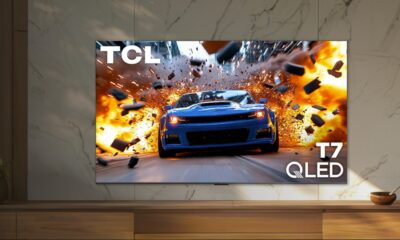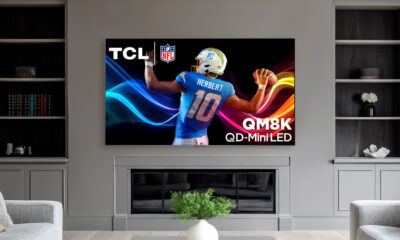News
Hisense Xiaomo E5Q TVs Bring Big Specs in Budget to the Fight Against TCL
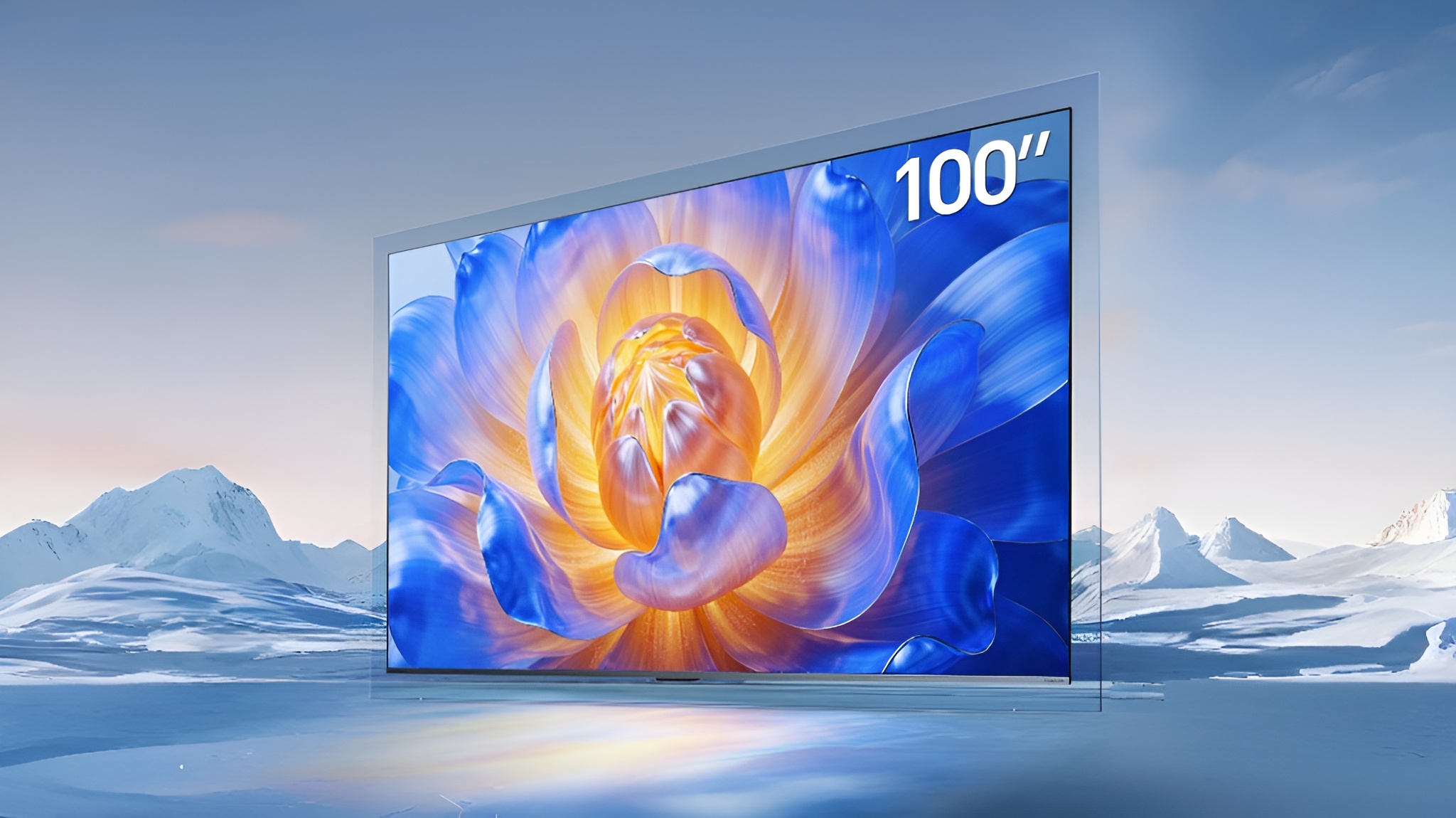
TCL‘s arch-rival Hisense is taking a bold swing at the mid-range market with the new Xiaomo E5Q series. It features Mini LED technology, high refresh rates, and AI-powered smarts, all wrapped in a sleek, minimalist chassis that starts at just 2,199 yuan (around $305) in China.
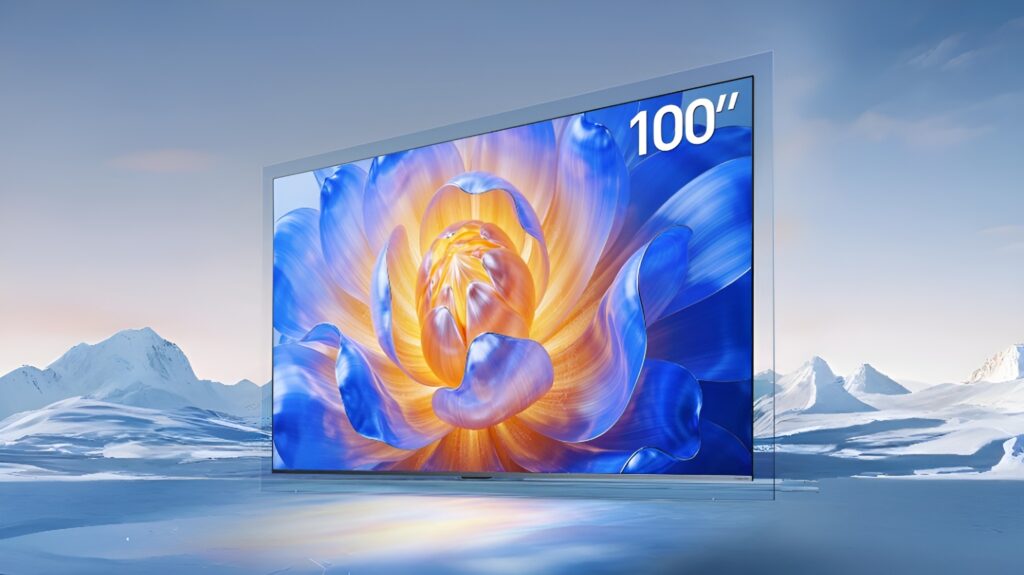
Hisense Xiaomo E5Q TV Specifications
The series spans six sizes, from 50 inches to 100 inches. It equips the U+ Mini LED Pro display system, starting with 128 local dimming zones on the 50-inch model and scaling up to 608 zones on the 100-inch variant. It comes with dot-matrix backlighting and lens-based light focusing, allowing precise control over contrast and brightness. The panel supports HDR10, reaches up to 1200 nits peak brightness, and delivers full 4K HDR rendering.
These TVs support over 1 billion colors, cover 95–96% of the DCI-P3 color space, and maintain a color accuracy of ΔE≈1.2 for professional-grade fidelity.
The 100-inch variant sports a native 150Hz refresh rate and unlocks up to 300Hz in Game Mode through HDMI 2.1. It features MEMC motion smoothing and comes with a dedicated Game Control Center compatible with Nintendo Switch, Xbox, and PlayStation consoles.
It runs on AI features powered by the DeepSeek large model, supporting real-time scene optimization, smart viewing modes, and curated educational and sports content. It comes with built-in voice control, offering seamless interactions with the smart UI.
The larger models feature a 2.1.2 channel Hi-Fi-grade audio system with a 25W subwoofer and 91W total output. It sports Hisense’s Hi-Sound Pro audio engine, which tunes sound based on scene context for immersive playback.
The smart interface runs on Android 11. It comes with up to 4GB of RAM and 128GB of internal storage. For connectivity, it supports Wi-Fi 6, Bluetooth 5.0, USB 3.0, dual HDMI 2.1 ports, and equips a smart 2×2 MIMO antenna system for improved wireless performance.
Pricing and Availability
The Hisense Xiaomo E5Q TV series is available in six size variants, with pricing that scales based on both screen size and features. The lineup starts at 2,199 yuan (~$305) for the 50-inch model and moves up through 55-inch (2,999 yuan, ~$415), 65-inch (3,799 yuan, ~$530), 75-inch (4,899 yuan, ~$685), and 85-inch (6,799 yuan, $950) configurations.
The top-tier 100-inch version is priced at 11,999 yuan ($1,675) and includes a bundled delivery and installation service.
In related news, LG Display becomes the first to mass-produce blue PHOLED panels, while TCL faces new competition as Samsung rolls out QEF1 QLED and Crystal 4K UHD smart TVs in India.
(Source)
News
TCL CSOT exclusively supplies displays for both Xiaomi 17 Ultra and 17 Ultra Leica Edition
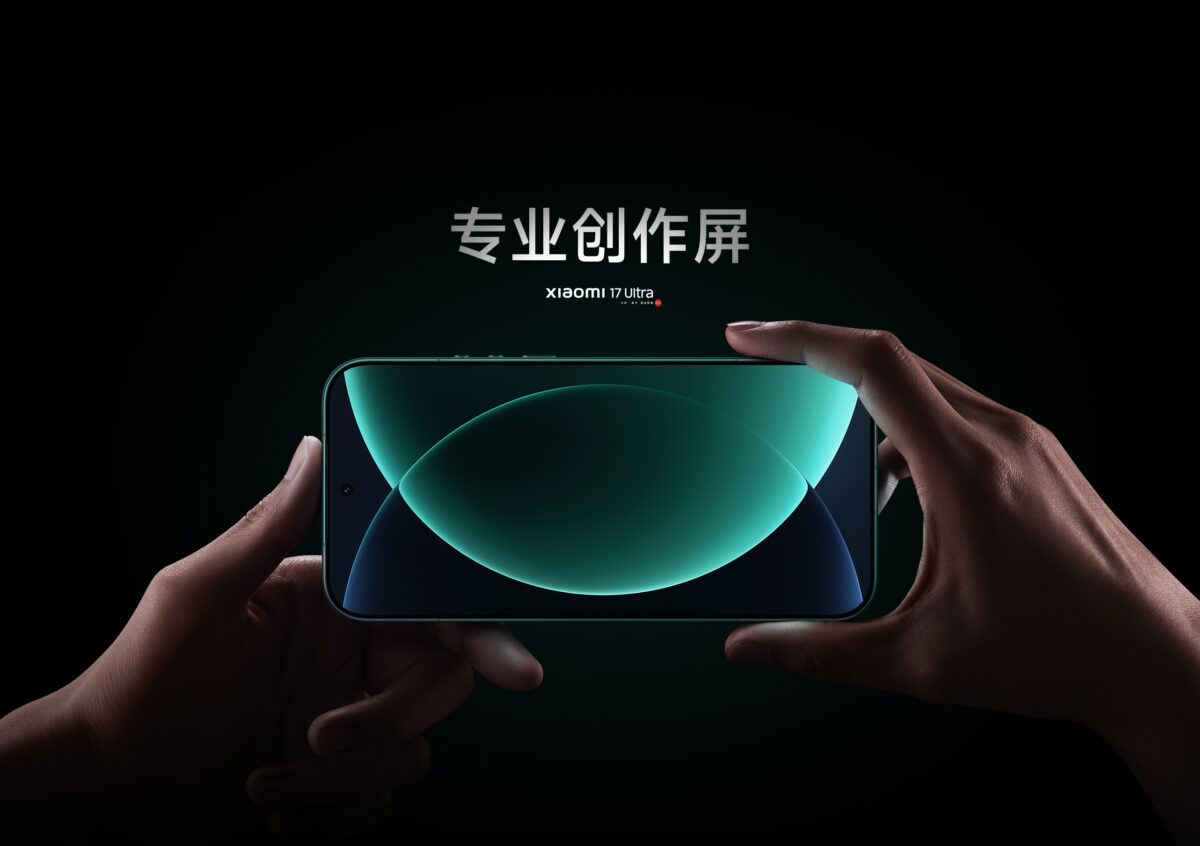
TCL CSOT has confirmed that it is the exclusive display supplier for Xiaomi’s latest flagship smartphones, the Xiaomi 17 Ultra and Xiaomi 17 Ultra Leica Edition. Both models feature a 6.9-inch quad-equal-bezel flat display, which is custom-built by TCL CSOT. The panel supports a peak brightness of 3500 nits and features a 1-120Hz LTPO adaptive refresh rate.
The display uses TCL CSOT’s latest light-emitting materials, which are designed to deliver high color accuracy, low power consumption, and fast response times. According to the company, this flat display solution is optimized to match real-world usage scenarios with precise parameter tuning.
The panel adopts a Real RGB super-pixel arrangement that eliminates the pixel-sharing issue found in traditional OLEDs. Each RGB sub-pixel lights up independently, which helps deliver sharp edges, improved clarity, and reduced power consumption.

The display’s luminous efficiency reaches 82.1 cd/A, allowing it to achieve high brightness levels while maintaining better power efficiency. TCL CSOT claims the screen offers cleaner and more transparent color reproduction. The 1-120Hz LTPO refresh rate adjusts dynamically to balance visual fluidity with energy savings.
This is not the only Xiaomi device using a TCL CSOT panel. The Xiaomi 17 Pro and 17 Pro Max previously adopted displays from the same supplier. Xiaomi and TCL CSOT have maintained a strategic partnership since 2017, extending beyond smartphones to tablets, in-vehicle displays, and other product categories. In 2021, both companies established a joint innovation laboratory, which was further expanded with a Phase II facility in July 2025.
In related news, TCL has announced the Note A1 tablet featuring a color NXTPAPER display and AI-powered functions, and has also launched the P7 Ultra, its first smart health air conditioner based on the OpenHarmony platform.
Deals
TCL T7 55″ QLED TV Just Dropped to $399 on Amazon — Grab It Before It’s Gone!
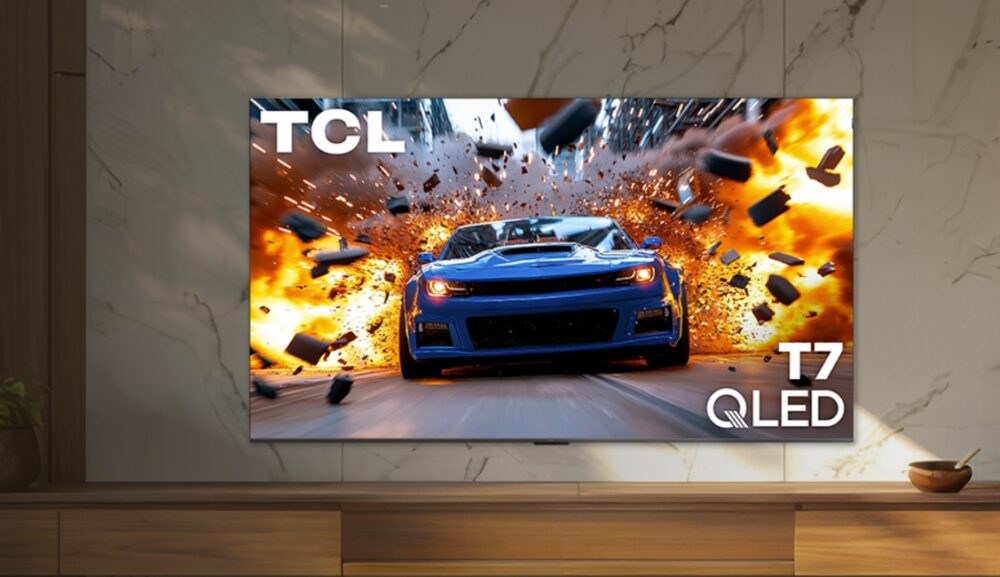
Amazon is offering a significant discount on the TCL T7 QLED TV lineup. The 55-inch model is now available for $399.99, down from its original price of $599.99. The 65-inch version is listed at $499.99, while the 75-inch and 85-inch models are priced at $579.57 and $999.99, respectively.
Buy TCL T7 QLED TV From Amazon
The TCL T7 series features a 4K Ultra HD panel with Quantum Dot technology. It supports native 120Hz and 144Hz VRR (excluding the 55-inch model), and includes TCL’s Game Accelerator 240 or 28,8, depending on the size. TCL pairs the display with its AIPQ Pro Processor for real-time color, contrast, and clarity optimization, while the High Brightness+ LED backlight helps maintain strong visibility in bright rooms.
HDR support includes Dolby Vision, HDR10+, HDR10, and HLG under TCL’s HDR PRO+ branding. For motion clarity, the T7 uses Motion Rate 480 with MEMC frame insertion. The TV also includes Auto Game Mode (ALLM) for lower latency in gaming scenarios.
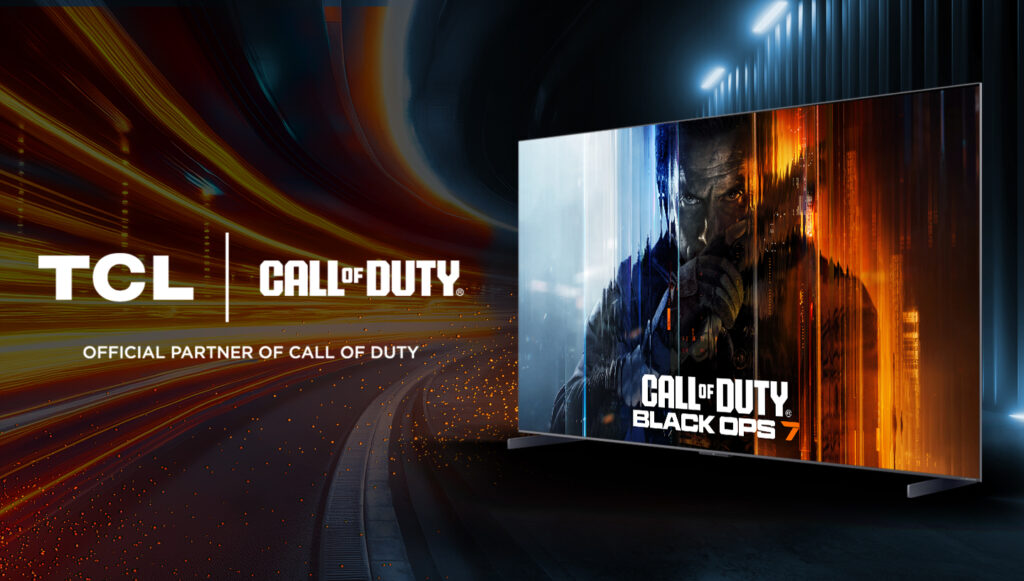
Audio performance is enhanced with Dolby Atmos support. The larger models feature an Onkyo 2.1-channel speaker system with a built-in subwoofer. Bluetooth Personal Audio allows for private listening using wireless headphones.
TCL has integrated Google TV as the smart OS, offering access to major streaming platforms and apps. The TV supports hands-free voice control through Google Assistant and comes with a voice remote. It also includes built-in Google Chromecast, Apple AirPlay 2, and support for Amazon Alexa and Apple HomeKit.
The T7 has four HDMI inputs, one with eARC, and supports Wi-Fi 5. The discounted pricing makes the TCL T7 one of the more affordable QLED options with high refresh rate support and strong smart TV features.
Buy TCL T7 QLED TV From Amazon
In related news, we recently published a roundup of the best TCL gaming TVs you can buy right now, which is worth checking out.
News
TCL Note A1 tablet announced with color NXTPAPER display and AI-powered features
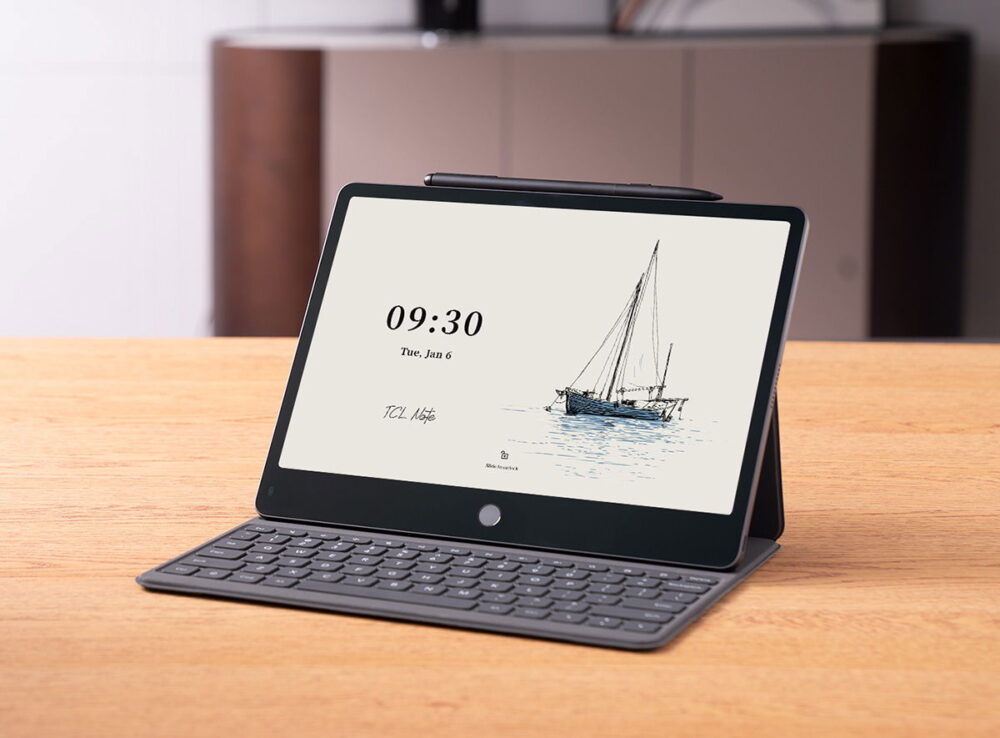
TCL has introduced the Note A1 tablet for global markets. The new device targets productivity and reading use cases, combining the company’s NXTPAPER display technology with stylus support and AI tools for note-taking.
TCL Note A1 Specifications
The TCL Note A1 features a matte-coated LCD panel that mimics paper while retaining the benefits of a traditional full-color screen. It supports 16.7 million colors, unlike most E Ink tablets that are limited to under 60,000. TCL’s NXTPAPER screen includes anti-glare treatment, blue light reduction, and flicker-free technology. The display measures 11.5 inches and is designed for sketching, writing, and reading. TCL claims extremely low latency with stylus input. The included pen supports dual tips and an eraser.
The tablet weighs 500 grams and measures 260.1 × 196.5 × 5.5 mm. Its asymmetrical front bezel helps with single-handed use, while a physical circular button adds a familiar touch. On the back, it has a rear camera and pogo pin connectors for an optional keyboard accessory.
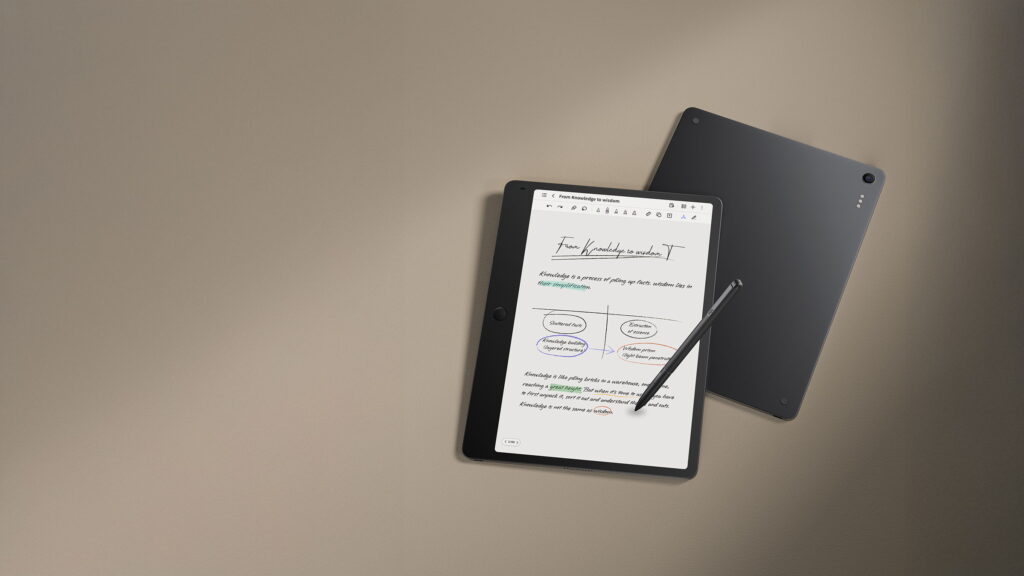
TCL has positioned the Note A1 as a tool for professionals and students. It features an 8-microphone array for clear audio capture, especially during meetings or classes. The tablet supports handwriting recognition, speech-to-text conversion, and AI-powered features such as note summarization and translation.
While TCL has not confirmed the processor, RAM, or storage capacity, the tablet runs on Android. It supports split-screen multitasking and wireless syncing with services like Dropbox, Google Drive, and OneDrive. TCL has also included a fingerprint sensor and wireless screen casting.
The TCL Note A1 is not yet available for purchase. The company plans to launch it via a crowdfunding campaign, with prices expected to start at $419. More technical details are expected closer to launch.
We recently put together a roundup of the best TCL gaming TVs you can buy right now. You can check it out as well.

